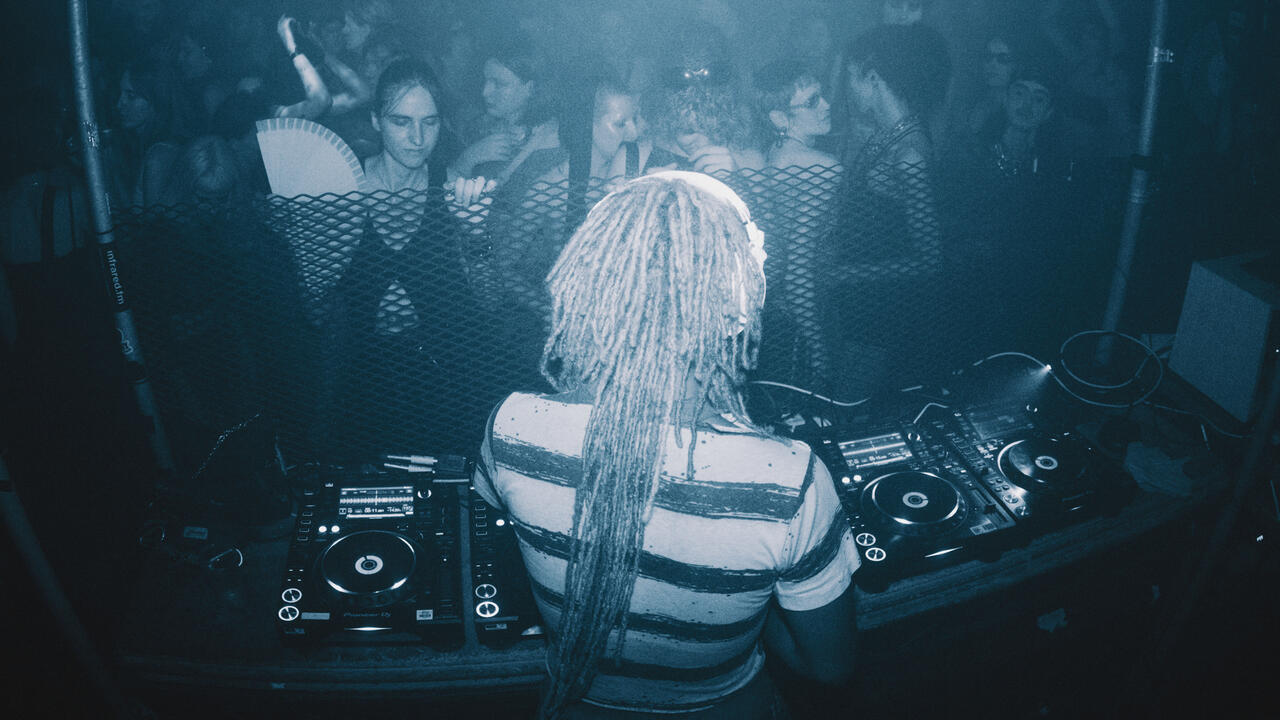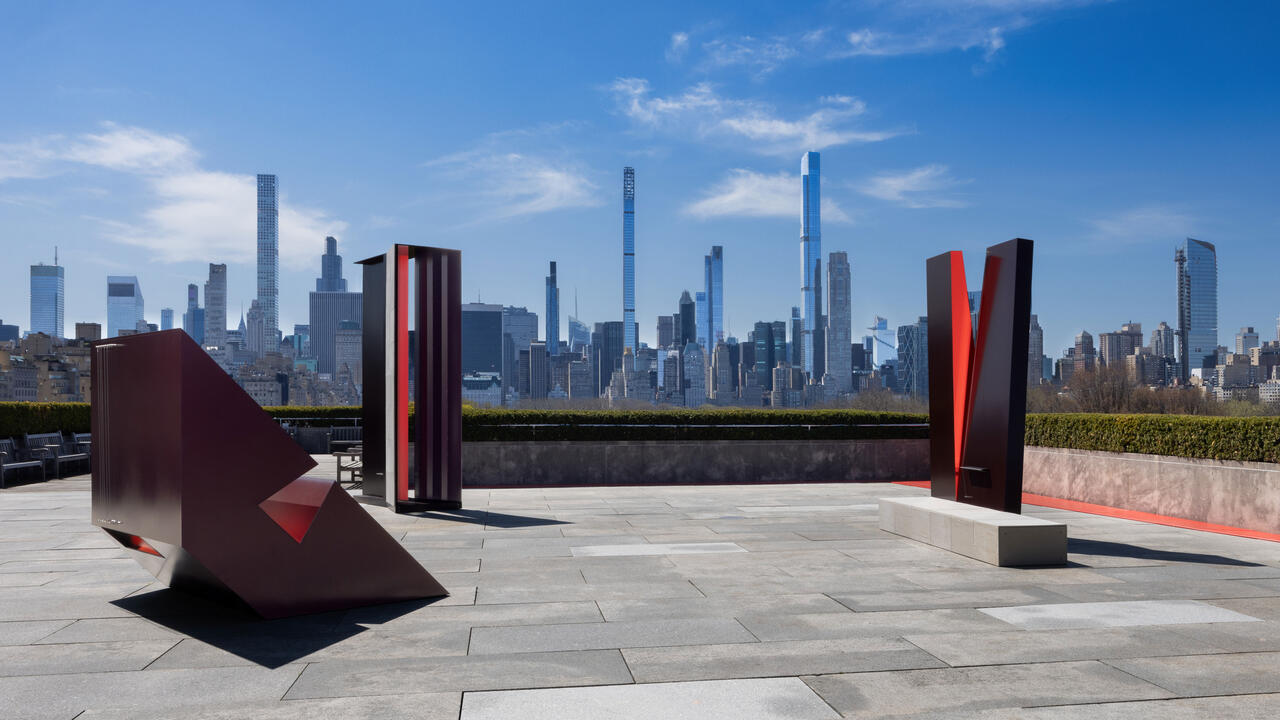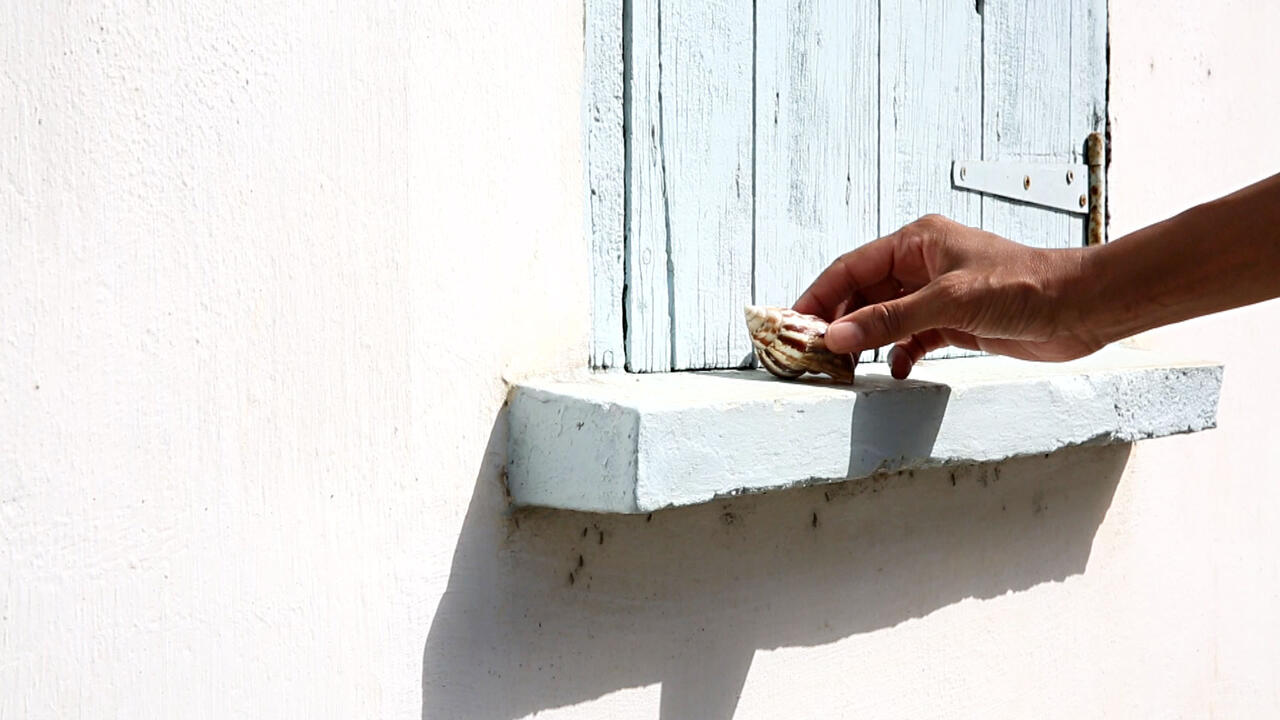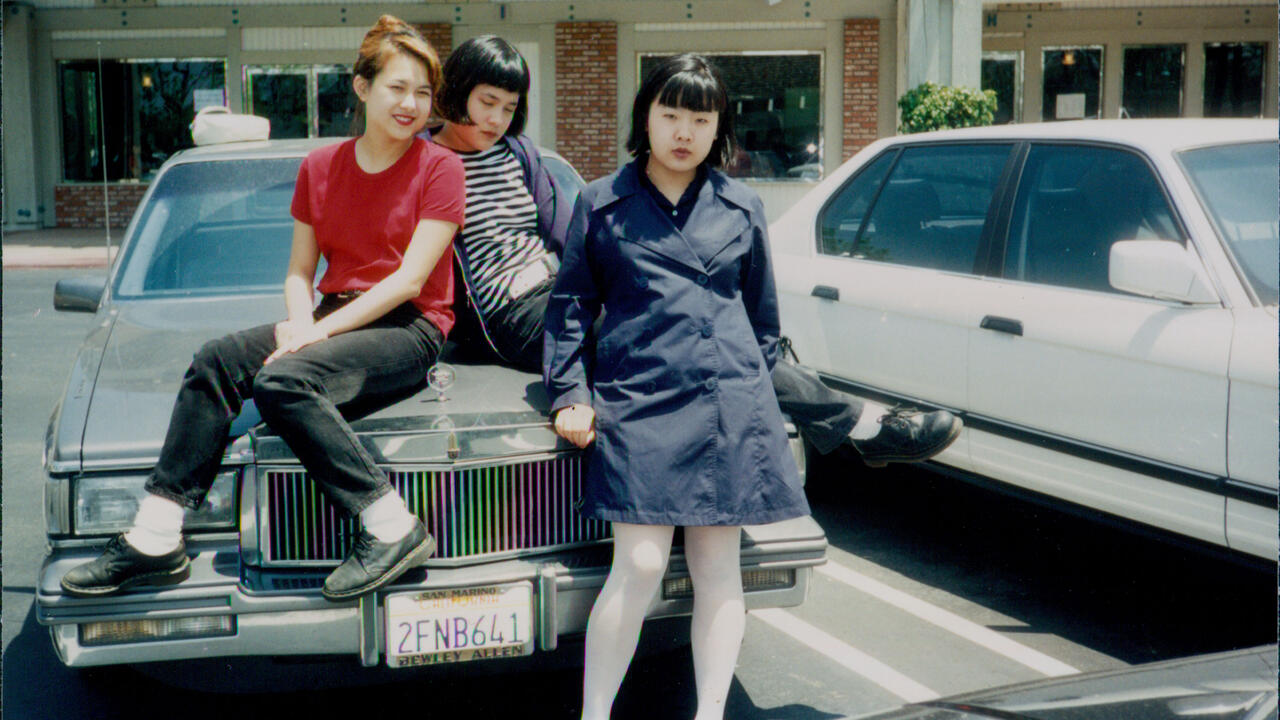Unfinished Business
The London Sinfonietta celebrates 50 years of supporting and performing new music
The London Sinfonietta celebrates 50 years of supporting and performing new music

In 1976, the most important composer of the European postwar avant-garde decided to establish an orchestra dedicated to the performance of new music. Scouting around in search of a model for his new ensemble, Pierre Boulez didn’t have to look far. Across the English Channel, such an outfit had existed for nearly a decade. Where David Atherton and Nicholas Snowman’s London Sinfonietta had gone before, Boulez’s Ensemble InterContemporain would follow. The Ensemble even ‘borrowed’ some of the Sinfonietta’s musicians – a tacit acknowledgement that Boulez and his Parisians were following in the Londoners’ footsteps.
On 24 January 2018, the London Sinfonietta will mark a half century of introducing audiences to previously unheard music and reinforcing the status of landmark works composed in living memory. Since its 1968 premiere of John Tavener’s exuberant, drum-and- bell-strewn fantasy, The Whale (1966), at the Queen Elizabeth Hall in London’s Southbank Centre, the Sinfonietta has been tireless in its mission to support musical innovation, commissioning over 300 works from international composers of varied traditions and levels of experience, and presenting them both physically and digitally.
Over five decades, everything has changed. Methods of notation, no longer bound by the five lines of the musical stave, have transformed beyond recognition – before we even consider what an explosion of sounds those dots, lines, squiggles, sketches and spreadsheets are capable of depicting. Commerce and commodification have pushed experimental music to the sidelines and few would dare predict whether the internet will, as some suggest, come to its rescue. Rigorous postwar dogmas concerning musical construction have given way to a free-for-all approach to sonic creativity.
If the avant-garde becomes the mainstream, curatorial organizations such as the London Sinfonietta will have helped to implement the shift
Such freedoms have spawned countless ensembles in the Sinfonietta’s image that operate without the luxurious baggage of portfolio funding, establishment expectation or landmark anniversaries. The Sinfonietta can glance over its shoulder at a cohort of younger UK-based counterparts that includes CoMA, the London Contemporary Orchestra, Psappha and the Riot Ensemble. New writing is the one area of ‘classical’ music that sets as much store by youth and rebellion as it does by wisdom and experience; the Sinfonietta will be keen not to appear like an old fogey at its own party.
On which point, the ensemble is talking the talk. Its stated mission is ‘to place the best contemporary classical music at the heart of today’s culture; engaging and challenging the public through inspiring performances of the highest standard, and taking risks to develop new work and talent’. The first part sounds admirably ambitious, given the extent to which non-commercial music – let alone contemporary classical music – lingers on the fringes. But some goalposts have moved significantly in the organization’s favour. However you view the protectionist agendas of education and creative learning departments within orchestras, galleries and theatres, the truth is that institutions such as the Sinfonietta have become a resource for members of our society whose cultural lives are very different from those of the new music groupies who troop to the latest premiere by grandee composers. ‘We know when people hear us for the first time that they are going to be fascinated, amazed, intrigued, amused and changed by the music they hear,’ insists the orchestra’s boss, Andrew Burke. (The new music groupies expect to experience much the same, only with an added pinch of shock, anger and frustration.) The Sinfonietta’s astute curatorial skill over the last five decades has ensured it has generally kept that traditional audience happy even as it has attempted to woo those with more mainstream interests.
The question, then, is whether the ensemble’s recent restyling as a helpful resource and a guide to new music – which stands in stark contrast to its former irreverent, rabble-rousing image – has diminished the group in the face of institutions such as Ensemble InterContemporain. ‘The Sinfonietta has been an essential part of my cultural life for 20 years but, for the last few, I’ve felt that it has struggled to find an identity for itself that it is happy with,’ says Tim Rutherford-Johnson, author of Music After the Fall (2017), a new study of art music since 1989. The Sinfonietta, he maintains, finds itself in ‘the almost impossible position of trying to be all things to all people.’
Whether or not you agree with that statement, the range and remit of the Sinfonietta’s programming has exploded. While Ensemble InterContemporain ‘plays the big works by the big hitters’, in Rutherford-Johnson’s words, and retains a conducting ‘music director’, the Sinfonietta employs freelance guests on a project-by-project basis and has proudly pursued collaborative relationships with actors, photographers, visual artists and musicians from a miscellany of genres, including pop and electronica. Its most recent season saw premieres from established European bigwigs Kaija Saariaho and Salvatore Sciarrino as well as a collaboration with Mica Levi, the songwriter and front woman of Micachu and The Shapes, with a great deal of the music recently presented written between 2000 and 2008. Meanwhile, non-specialist symphony orchestras have started to perform far more contemporary music over the last 15 years. In the very same season, the London Philharmonic Orchestra, also resident at the Southbank Centre, presented five premieres and a dozen works by living composers – both established and obscure.
If the avant-garde becomes the mainstream, as cultural history suggests it will, curatorial organizations such as the London Sinfonietta will have helped to implement the shift. The appearance of more new and collaborative music on the schedules of civic symphony orchestras suggests that the process is taking root within the microclimate of classical music. Accordingly, the Sinfonietta might proudly claim that it remains one step ahead of Ensemble InterContemporain, performing in locations entirely unlike comparable groups. In the last two years, its London venues have included The Coronet nightclub in Elephant and Castle and the Southwark Playhouse, in addition to its enviable pan-London residencies at the Southbank Centre and Kings Place. It also tours regularly to UK towns rarely graced by symphony orchestras, as well as performing at high-profile festivals abroad.

But the Sinfonietta will return to the Southbank for its 50th anniversary concert, ‘Past – Present – Future’, on 24 January 2018. The programme references the orchestra’s early days, when new works shared the bill with established masterpieces. The audience will hear Igor Stravinsky’s neoclassical Octet (1923), the precision mechanics of György Ligeti’s Chamber Concerto (1969–70) and Harrison Birtwistle’s The Message (2008), alongside the London premiere of Hans Abrahamsen’s coiled and delicate concerto for a pianist’s left hand, Left, Alone (2015), and a new work by Samantha Fernando. Atherton returns to conduct (with others) while the season, titled ‘Unfinished Business’, continues with revivals of scores by Colin Matthews, Wolfgang Rihm, Karlheinz Stockhausen and Iannis Xenakis, alongside new works by Tansy Davies and Philip Venables.
This is, undoubtedly, a carefully chosen line-up of comparatively orthodox figures. By its very nature, the cross-disciplinary nurturing that keeps the Sinfonietta busy day-to-day will not be paraded at these celebratory concerts, nor will its careful tending to new generations of instrumentalists, composers and nerdy enthusiasts. (The latter are served nicely by a Sinfonietta-developed iPad app that challenges users to master Steve Reich’s seminal 1972 percussion masterpiece Clapping Music.) Nor might you guess from the celebrations that the ensemble clearly views such versatility, in a fast-changing world, as its biggest asset. But what those headline concerts do demonstrate clearly is a more subtle yet salient wisdom courtesy of the Sinfonietta: that with the urge to look forward comes a responsibility also to look back.
Main image: London Sinfonietta players in the Queen Elizabeth Hall, 1970. Courtesy: London Sinfonietta




















